Ballistic plates, one of the critical components of body armor, are an effective barrier against a variety of threats in the field of personal protection. Hard Shell’s armor plates, which are engineered to endure the harshest of environments, are the equipment you need for your operations. By taking to high-end innovation, Hard Shell brings to you one of the finest range of ballistic plates that you will come across. Ballistic plates from Hard Shell combine high-performance materials with specialized manufacturing processes to churn out superior quality plates with the latest designs. With the evolution of the kinds of ballistic threats faced, we rely on continuous research and development to expand the capabilities of ballistic plates.
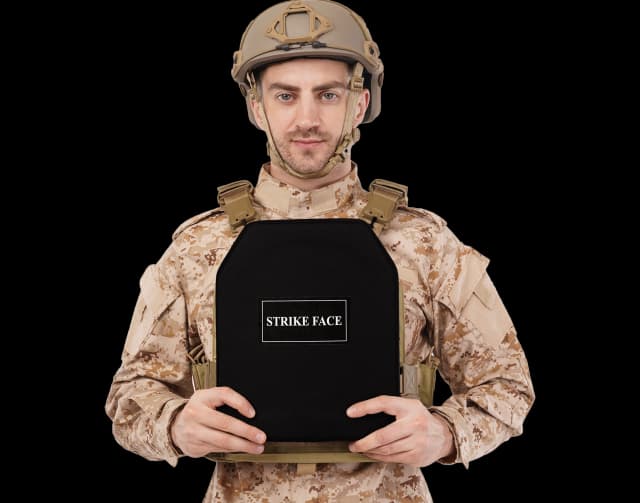
Our hard armor plates are lightweight and used in conjunction with (ICW) soft armour. our level III+ plates are engineered with proven technology providing comfort and protection against ICW LEVEL III. Level III+ ballistic protection can be achieved with our level 3 hard body armor plates are designed to upgrade.
View More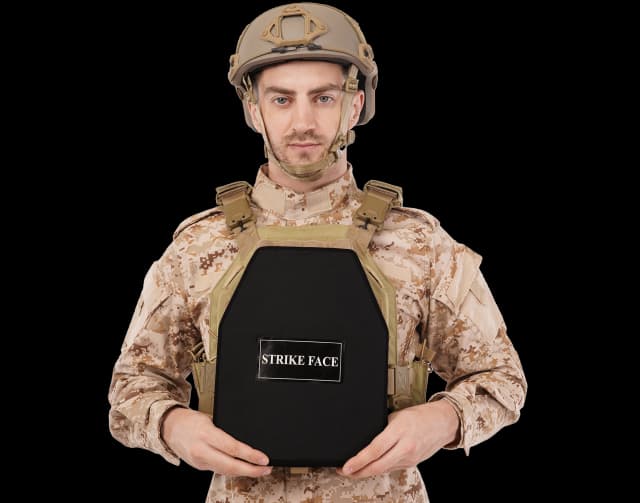
Hard Shell’s RhinoCore RF2 Hard Armor Plate is engineered with advanced ceramic and composite materials to deliver superior ballistic protection, durability, and comfort. Integrated with Hard Shell's signature trauma minimizing technology for enhanced safety under high-intensity threats, the plate boasts of multi-hit capability and an user-centric design.
View More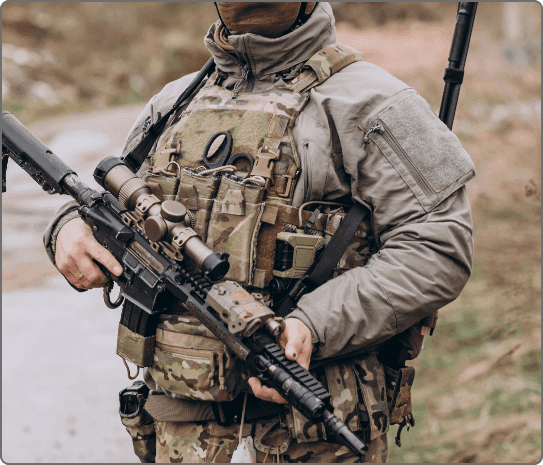
Hard armor plates, the foundation of ballistic defense, are made of a variety of materials, including fibre composites and ceramics. Ceramic armor plates exhibit extraordinary hardness and fracture resistance. Ceramic-composite based bullet resistant plates offer the ideal balance of lightweight and reliable defense. At Hard Shell, we use the latest ceramic armor plate technology that provides reliable protection against projectiles.
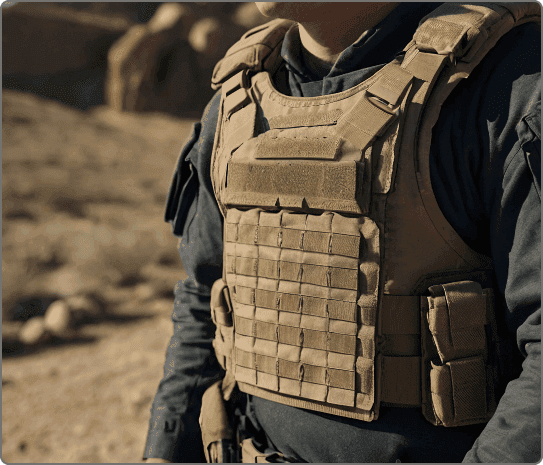
UHMWPE-based soft armor panels are available for those looking for lightweight protection. Despite having less strength than their hard armor counterparts, they make up for it with their flexibility and agility. In order to ensure covert protection without compromising comfort, these panels are frequently incorporated inside garments. However, it’s crucial to keep in mind that their protection is primarily geared towards situations with lower threats such as handguns.
At Hard Shell, every ballistic plate is the result of a comprehensive quality assurance procedure. Each plate must pass stringent testing procedures, including ballistic, environmental, and durability evaluations, to guarantee that it satisfies and surpasses the highest industry standards. In order to provide armor plates that people can rely on in even the most critical scenarios, Hard Shell has an uncompromising commitment to quality.
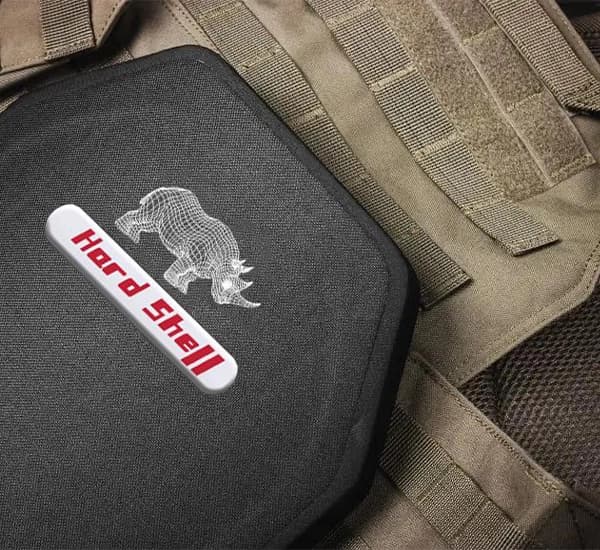
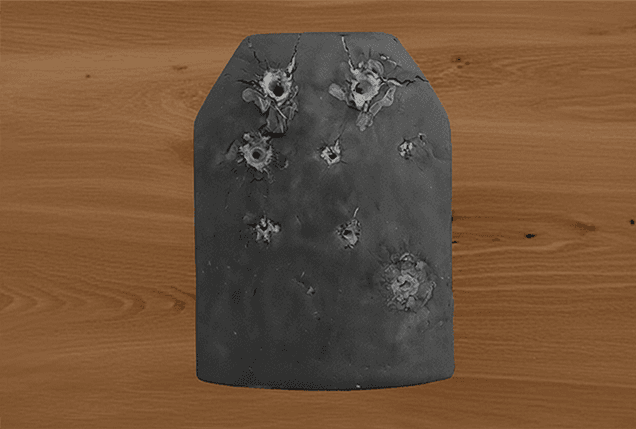
According to the criteria of the National Institute of Justice (NIJ), armor plates are categorized into several protective levels. Each level, from Level III to Level III+ to Level IV, is standardized with particular calibers and velocities of ammunition. As we move from Level III towards Level IV, the level of protection provided increases. In contrast to Level IV plates, which provide strong defense against armor-piercing projectiles, Level IIIA plates provide basic defense against smaller caliber shots.
In order to choose the right armor plates for your intended application and ensure the best protection without adding excessive weight, it is essential to consider the protection levels. You can refer to the comparison above to find out more details about the ballistic plate that you should choose.
Ballistic plates’ unmatched protection abilities are used in a wide range of fields. Armor plates are a crucial component of personal protection in the domain of law enforcement and military activities. In high-risk situations, officers and soldiers rely on their ballistic plates to protect them from unforeseen threats and boost their confidence. The protective embrace of armor plates also benefits civilians working in potentially dangerous surroundings, such as security staff.
Hard Shell offers a plethora of options to choose from. Regardless of the field for which you need ballistic plates, every user will be able to find the ideal plate for their needs thanks to these plates’ ability to accommodate various protection needs. Each product is meticulously made, upholding the highest standards of performance and quality.

High-strength substances like ceramics, aramid fibers, or ultra-high-molecular-weight polyethylene are typically used to make ballistic plates. These materials are known to improve the defensive properties of body armor.
Ballistic plates work by absorbing and spreading the energy that incoming projectiles generate on impact. The high-strength composition of materials used allows for this. In ballistic events, the layers of these materials dissipate the force of the impact, preventing penetration and minimizing injury to the wearer.
Body armor plates may or may not be legal, depending on the country and local laws. In many regions, civilians are legally allowed to own and use body armour plates. However, there might be some limitations, especially in light of the armor's design and intended application. For accurate information, it is advisable to refer to local legislation.
There are different levels of armor protection that are used to indicate a material's capacity to withstand ballistic threats. These levels include Level I, IIa, II, IIIa, III, and Level IV, each of which offers escalating levels of protection respectively. The classification is established by assessing the armor's resistance to several types of ammunition fired at various speeds and distances, and it is certified by National Institute of Justice (NIJ).
Hard Shell is the ideal destination if you wish to purchase high-quality ballistic plates. Our offerings include several kinds of ballistic plates made from cutting-edge materials to meet varying degrees of armour protection. Customers who want to purchase appropriate ballistic plates for their personal or professional use can look through their offerings online or through accredited distributors.
Due to its robust construction, plate armor has the capacity to deflect and dampen the impact of projectiles. The armor's capacity to absorb and deform under the impact of projectiles lower the danger of injury to the user. The layers of reinforced materials in the armor, such as steel or composite alloys, contribute to this ability
Depending on local laws and jurisdiction, wearing soft body armor in public may or may not be permitted. Before putting on such armor in public, it is advised to check local regulations to verify compliance because some regions might have limitations or requirements.
End to end control
Precision Crafted for Your Needs
A Global Shield of Confidence
Sustainability at the Core of Safety